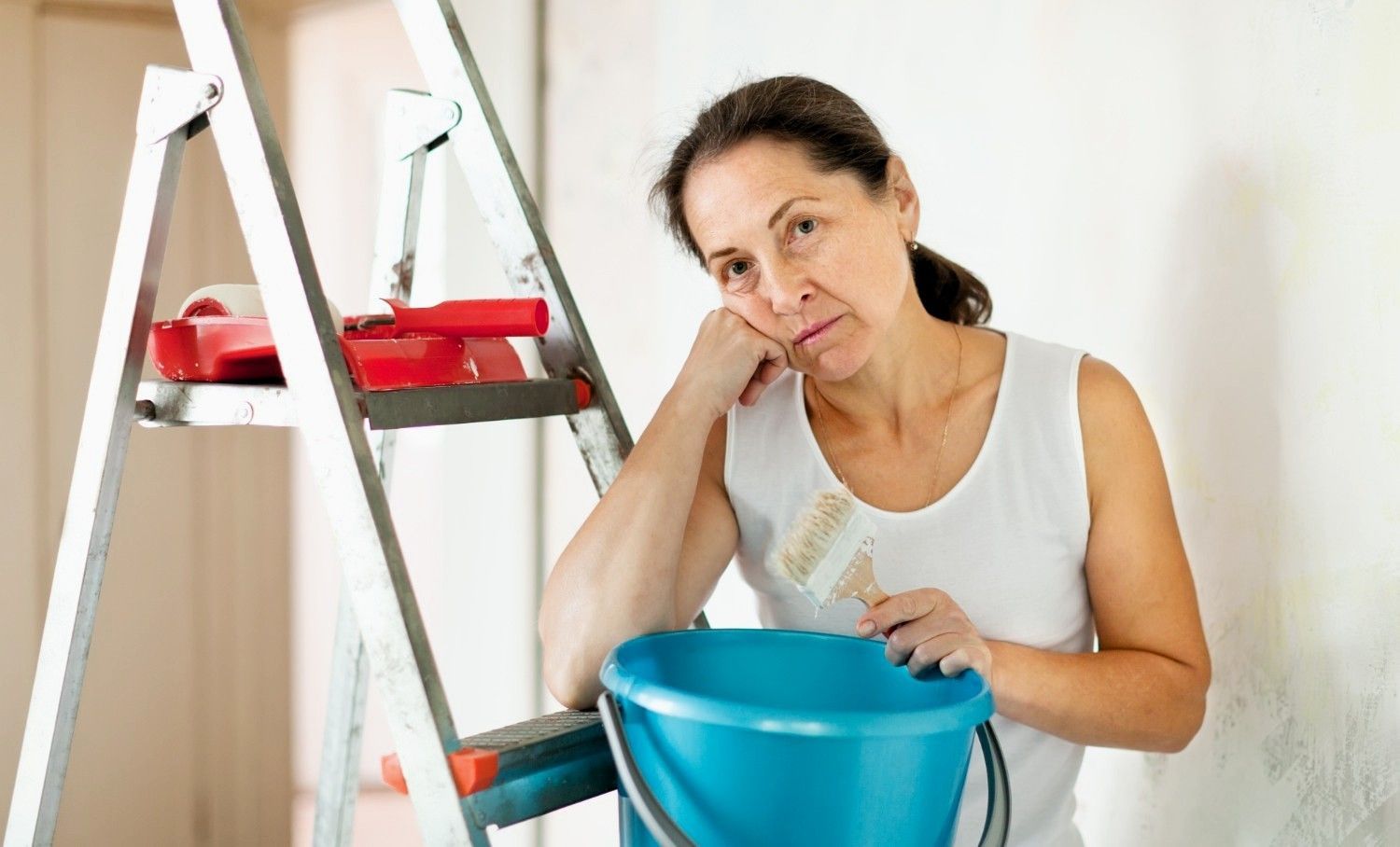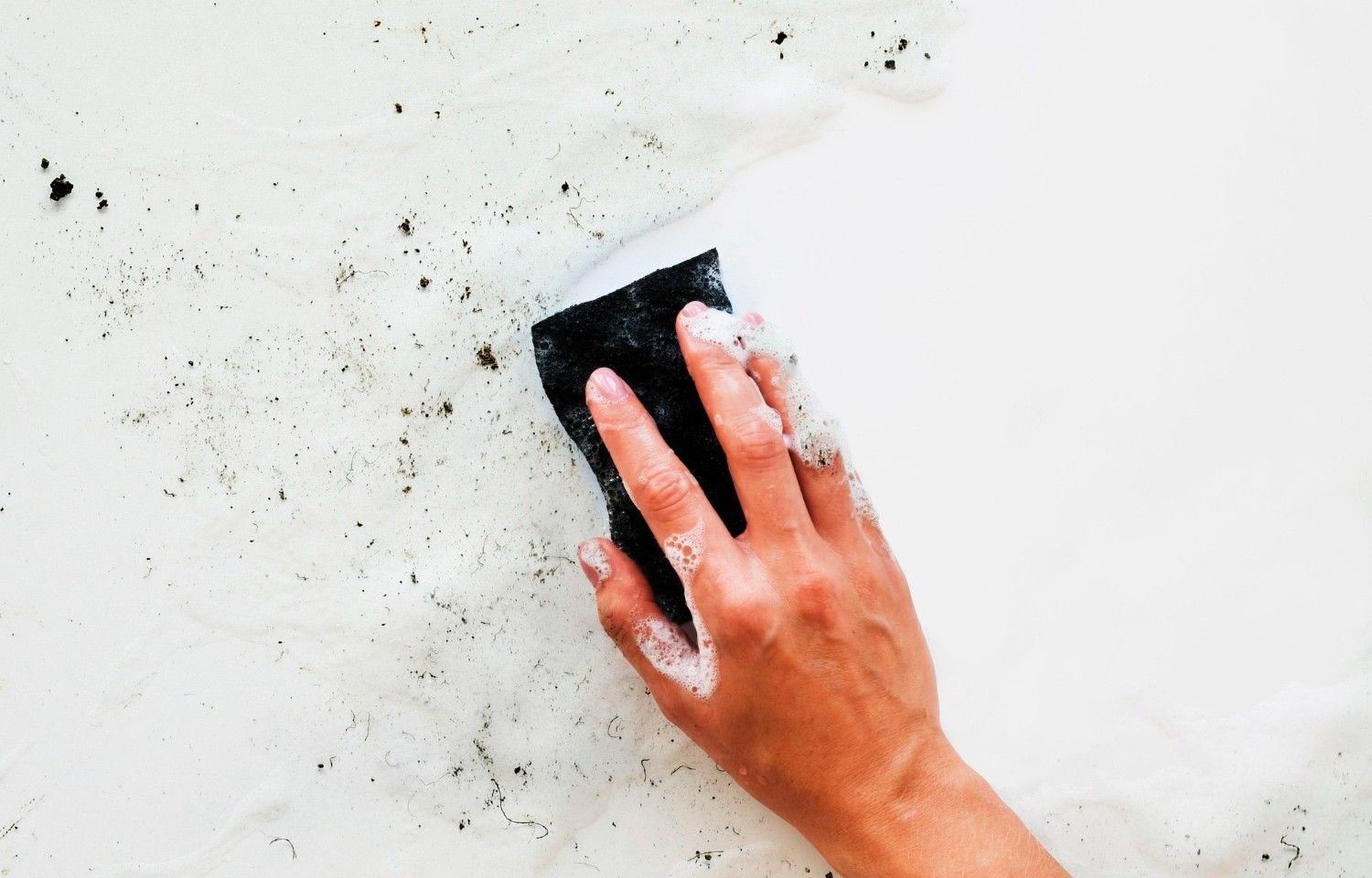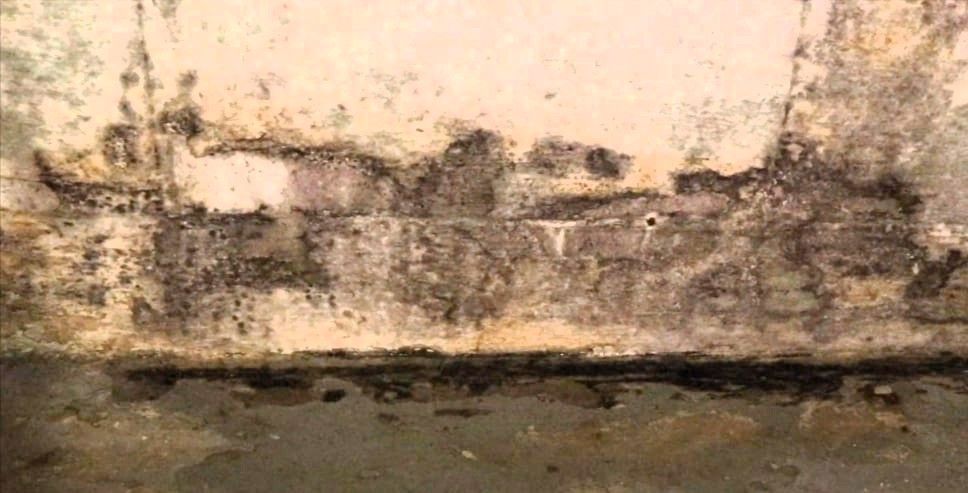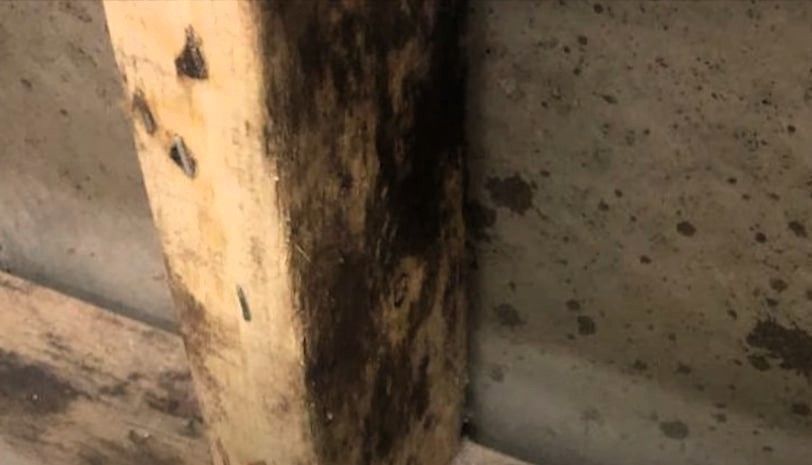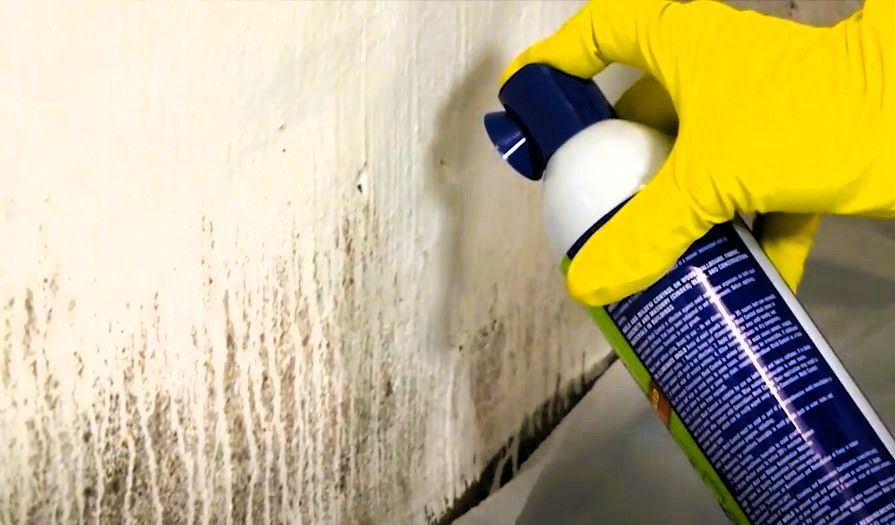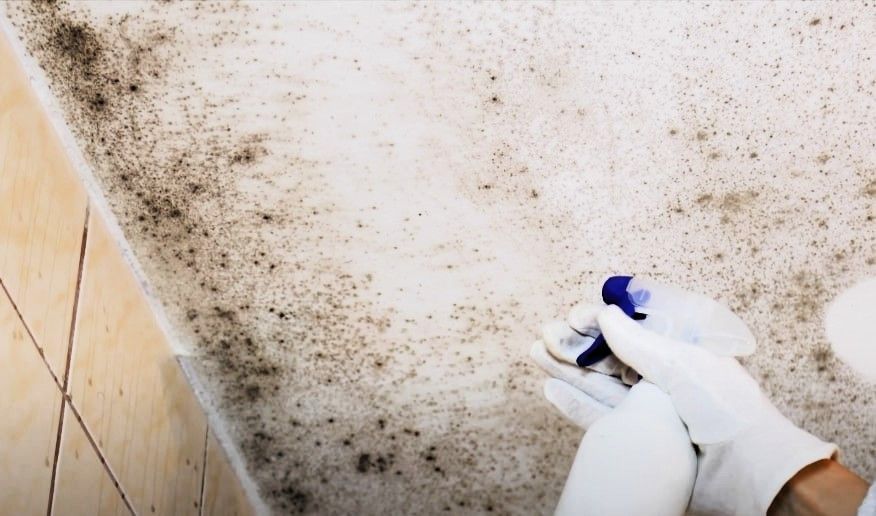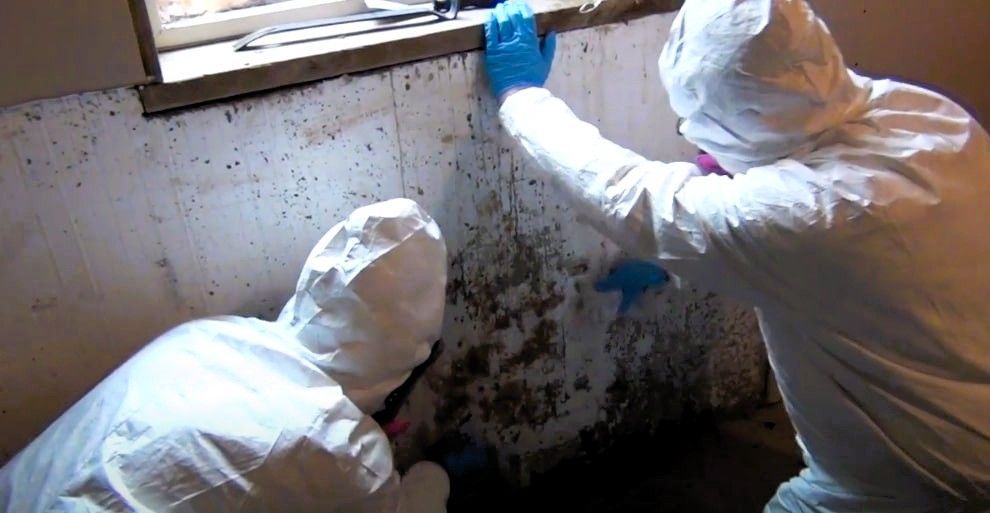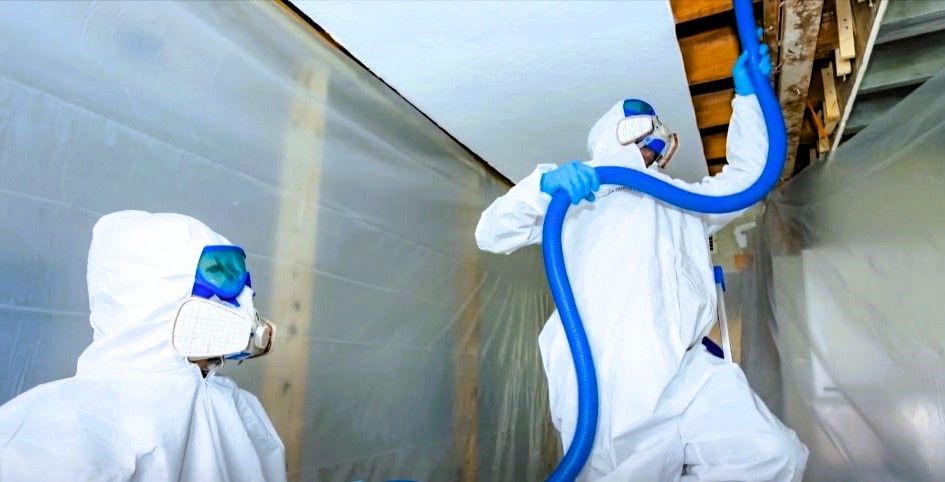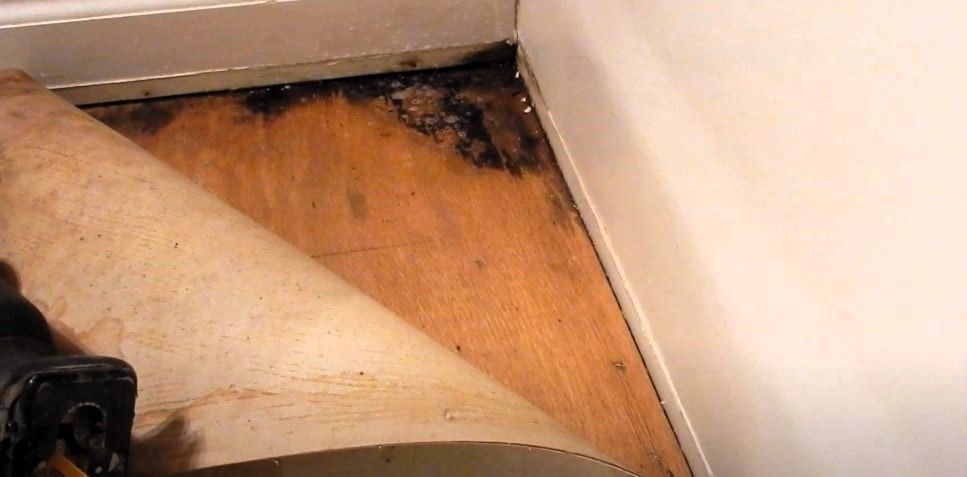Keep Mold Out of Your Basement and Crawl Space: A Homeowner’s Guide
How to prevent mold growth in basements and crawl spaces
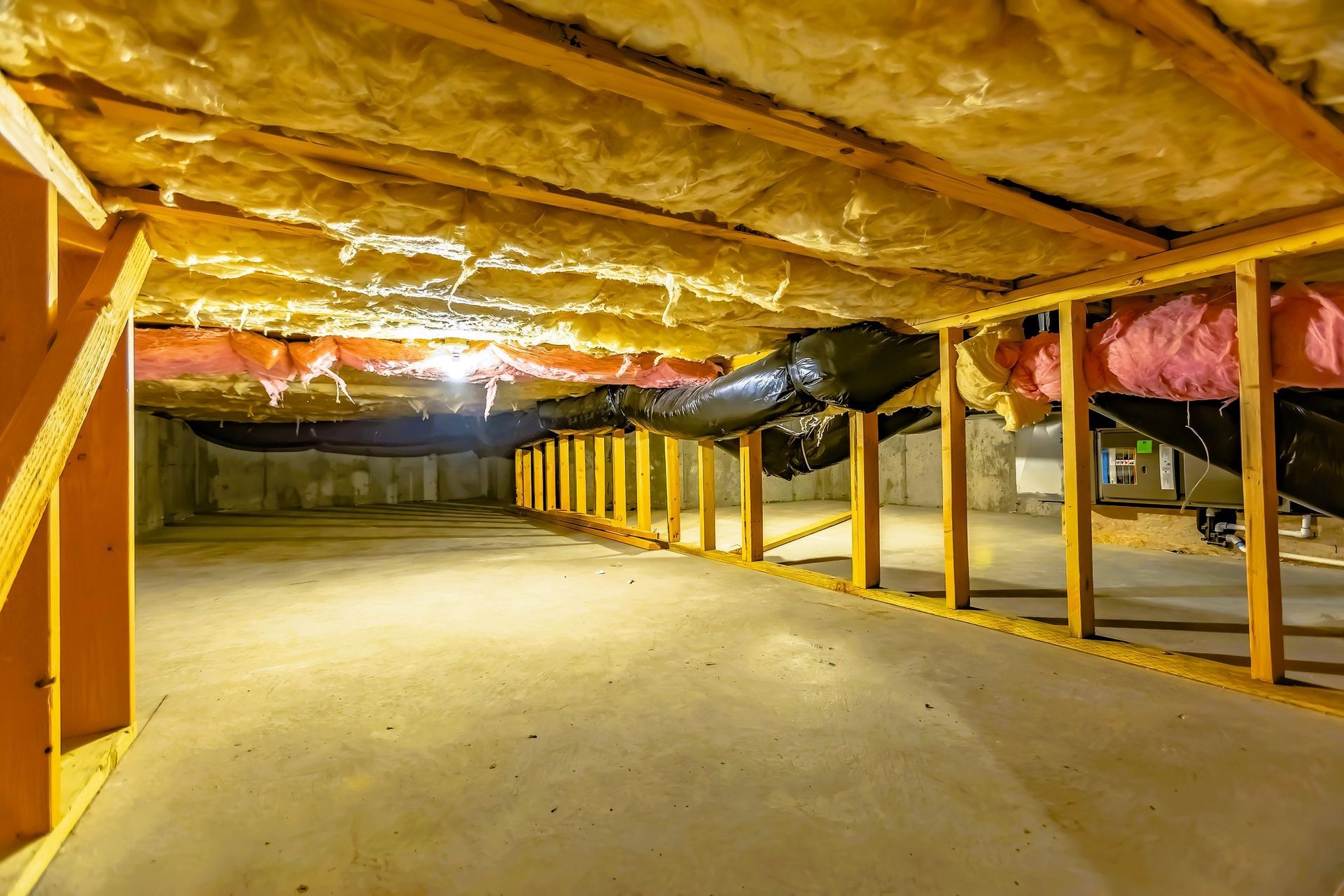
Mold isn’t just a nuisance—it’s a dangerous risk to both your well-being and your living space. For Grand Rapids homeowners, keeping basements and crawl spaces free of mold isn’t optional—it’s a must.
What makes these areas so vulnerable to mold, and how can you keep it at bay? In this guide, we’ll uncover the main causes, key warning signs, and actionable steps to protect your home, keep it dry, and maintain a fresh, healthy environment.
Why Basements and Crawl Spaces Are Mold Magnets
Basements and crawl spaces are a dream come true for mold. Dark? Absolutely. Damp? You bet. Lacking ventilation? Of course. No wonder these areas are a hotspot for mold to settle in.
Here’s what mold has to offer (hint: it’s all bad):
- Health Concerns: Mold can stir up allergies, irritate your lungs, and make breathing problems worse.
- Damage to Your Home: Mold feeds on things like wood and drywall, which can weaken your home’s structure over time.
- Unpleasant Smells: Musty odors can take over your space, turning your cozy home into a smelly one.
The best part? With some simple preventative steps, you can stop mold from taking over your basement or crawl space.
Spots Where Mold Loves to Grow
Wondering why mold keeps showing up in your home? These common causes might be to blame:
- Flood Damage: Floods leave behind moisture, creating an ideal breeding ground for mold to grow and spread.
- Unvented Dryers: If your dryer isn’t vented properly, it could be releasing warm, humid air into your space—an open invitation for mold.
- Condensation: Poor insulation and temperature shifts can cause damp windows and walls, which mold can’t resist.
- Clogged Gutters: Gutters that don’t direct water away from your home can let moisture seep into the foundation.
- Basement Bathrooms: Without a good exhaust fan, steam from showers gets trapped, increasing humidity levels.
- Lack of Ventilation: Stale air in crawl spaces or basements is a breeding ground for mold.
- Leaks: Even a small drip under the sink can create the perfect damp spot for mold to thrive.
- Damp Storage: Wet cardboard, furniture, or rugs can raise humidity and attract mold quickly.
- Poor Grading: If the ground around your home slopes toward the foundation, it can trap moisture and make its way inside.
- Inadequate Insulation: Fluctuating temperatures in poorly insulated areas create condensation and mold-friendly conditions.
Mold Inspection:
Common Hiding Spots
Mold has a knack for hiding in plain sight. Here’s where it might be lurking:
- Cardboard Boxes: A favorite for mold, thanks to its cellulose content.
- Furniture and Upholstery: Look for signs of dampness or stains.
- Carpets and Rugs: Mold can thrive beneath them unnoticed.
- Drywall: Often hiding behind walls where moisture builds up.
- Corners and Crevices: Dark, hard-to-reach areas are prime spots.
If you notice musty odors, peeling paint, or unexplained allergies, it’s likely time to bring in an expert.
Simple Ways to Keep Mold Out of Your Basement and Crawl Space
Dealing with mold in your basement or crawl space can cause big headaches—damaging your home and risking your family’s health. The good news? A few smart steps can help you keep your space safe and mold-free. Here are six practical ways to prevent mold from taking over:
Boost Ventilation
Good air circulation is key. Install exhaust fans, use a dehumidifier, or upgrade your HVAC system to keep the air moving and reduce moisture buildup.
Solve Drainage Issues
Rainwater should head away from your house, not toward it. Take a look at your gutters and downspouts—make sure they’re guiding water at least six feet away from your foundation to avoid any unwanted puddles.
Seal Those Sneaky Cracks
Even the tiniest cracks in your walls, floors, or foundation can let water creep in. Give these areas a regular checkup and use waterproof sealants to block out any unwanted moisture.
Fix Leaks Fast
A small leak might not seem like a big deal, but it can turn into a mold nightmare if ignored. Stay on top of your plumbing and tackle repairs right away to keep water where it belongs.
Keep Humidity in Check
Mold loves high humidity, so don’t give it a chance to settle in. Grab a hygrometer to monitor the humidity in your basement or crawl space—aim to keep it below 50%. If it’s creeping too high, a dehumidifier can work wonders to dry things out and keep mold at bay.
Store Belongings Smartly
Cardboard boxes can absorb moisture and encourage mold growth. Instead, switch to plastic bins with lids and store them off the ground to keep your items safe and dry.
Taking these steps will help keep mold out of your basement or crawl space, creating a healthier, safer space for you and your family to enjoy. Be proactive—small efforts now can save you from big headaches later!
Why Call in the Pros?
Even the most skilled DIYer can miss hidden mold, but that’s where professional expertise makes all the difference. Mold specialists conduct detailed inspections to uncover even the trickiest spores, ensuring thorough removal and no chance of recurrence. They’ll share customized advice to keep your home mold-free for the long haul.
At Grand Rapids Mold Relief, we’re dedicated to safeguarding your home, health, and well-being with trusted, expert solutions designed for lasting peace of mind.
Take Action Today!
Mold in your basement or crawl space isn’t just unpleasant—it can seriously harm your home and health. Don’t let it spread any further. Act now to safeguard your property, and if you’re unsure where to start, Grand Rapids Mold Relief is here to help.
Schedule a mold inspection today and start creating a fresher, healthier home you’ll love.

